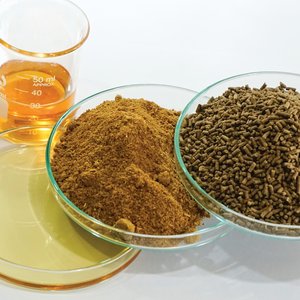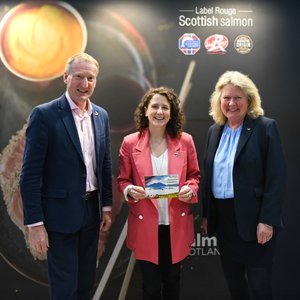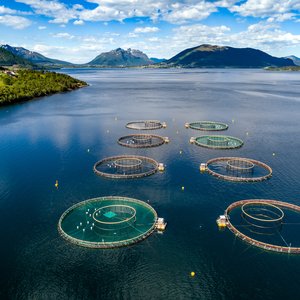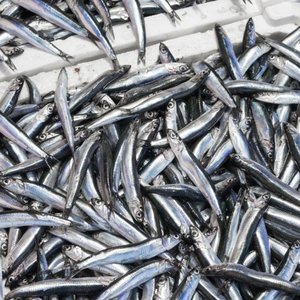The U.S. Food and Drug Administration and the U.S. Environmental Protection Agency has issued draft updated advice on fish consumption. The two agencies have concluded pregnant and breastfeeding women, those who might become pregnant, and young children should eat more fish that is lower in mercury in order to gain important developmental and health benefits. The draft updated advice is consistent with recommendations in the 2010 Dietary Guidelines for Americans.
Previously, the FDA and the EPA recommended maximum amounts of fish that these population groups should consume, but did not promote a minimum amount. Over the past decade, however, emerging science has underscored the importance of appropriate amounts of fish in the diets of pregnant and breastfeeding women, and young children.
“For years many women have limited or avoided eating fish during pregnancy or feeding fish to their young children,” said Stephen Ostroff, M.D., the FDA’s acting chief scientist. “But emerging science now tells us that limiting or avoiding fish during pregnancy and early childhood can mean missing out on important nutrients that can have a positive impact on growth and development as well as on general health.”
An FDA analysis of seafood consumption data from over 1,000 pregnant women in the United States found that 21 percent of them ate no fish in the previous month, and those who ate fish ate far less than the Dietary Guidelines for Americans recommends—with 50 percent eating fewer than 2 ounces a week, and 75 percent eating fewer than 4 ounces a week. The draft updated advice recommends pregnant women eat at least 8 ounces and up to 12 ounces (2-3 servings) per week of a variety of fish that are lower in mercury to support fetal growth and development.
“Eating fish with lower levels of mercury provides numerous health and dietary benefits,” said Nancy Stoner, the EPA’s acting assistant administrator for the Office of Water. “This updated advice will help pregnant women and mothers make informed decisions about the right amount and right kinds of fish to eat during important times in their lives and their children’s lives.”
The draft updated advice cautions pregnant or breastfeeding women to avoid four types of fish that are associated with high mercury levels: tilefish from the Gulf of Mexico; shark; swordfish; and king mackerel. In addition, the draft updated advice recommends limiting consumption of white (albacore) tuna to 6 ounces a week.
Choices lower in mercury include some of the most commonly eaten fish, such as shrimp, pollock, salmon, canned light tuna, tilapia, catfish and cod.
When eating fish caught from local streams, rivers and lakes, follow fish advisories from local authorities. If advice isn’t available, limit your total intake of such fish to 6 ounces a week and 1-3 ounces for children.
Before issuing final advice, the agencies will consider public comments, and also intend to seek the advice of the FDA’s Risk Communication Advisory Committee and conduct a series of focus groups.
The public can provide comment on the draft advice and the supplemental questions and answers by submitting comments to the Federal Register docket or by participating in any public meetings that may be held. The comment period will be open until 30 days after the last transcript from the advisory committee meeting and any other public meetings becomes available. The dates of any public meetings, as well as when the public comment period will close, will be published in future Federal Register notices at www.federalregister.gov.










